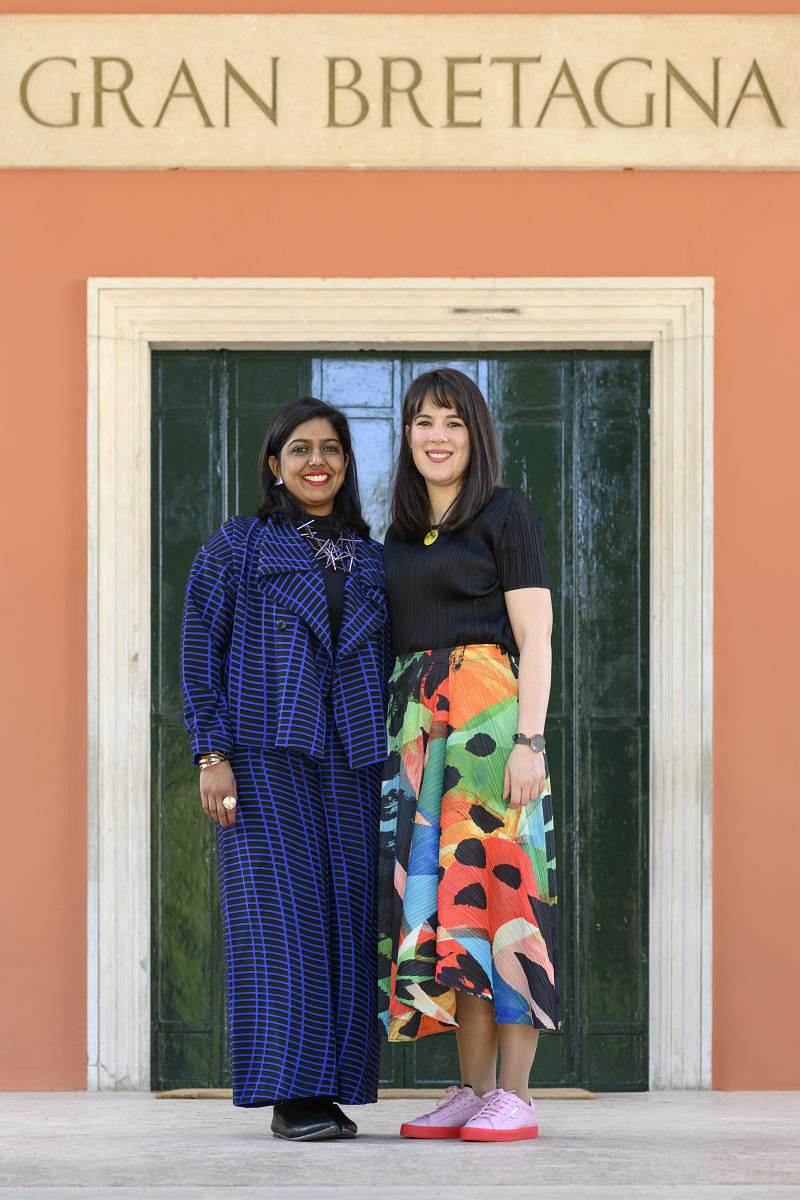
Manijeh Verghese, a Bengaluru-born architect now based in London, along with her friend Madeleine Kessler were selected by the British Council to represent the UK at the 17th International Architecture Exhibition at la Biennale di Venezia from May 23 to November 29, 2020.
Their award-winning concept titled ‘The Garden of Privatised Delights’ will explore the creeping epidemic of privatised public spaces across cities in the UK.
The duo will transform the British Pavilion into a series of immersive spaces.
In an interview with Metrolife, Manijeh, who is also an architecture writer and educator, throws more light on the project and concept.
How did the opportunity come your way?
It was an open call launched by the British Council in December 2018 to answer the question: ‘What is the most urgent issue facing British Architecture today?’. Sixty-nine teams applied and nine teams were shortlisted. Each of the shortlisted teams presented their ideas to a selection committee of people from across architecture, design and digital practice spaces. We were competing against a really talented shortlist of applicants.
Tell us about your winning project.
‘The Garden of Privatised Delights’, takes inspiration from the triptych by Hieronymus Bosch— ‘The Garden of Earthly Delights’. This was to explore the middle ground between the utopia of the commons before the Enclosures Act of the 18th century and the future dystopia of total privatisation.
Privatisation of public spaces is happening worldwide, but is especially prevalent in the UK. Our proposal wants to tackle this issue and uncover opportunities within these hybrid spaces.
We also plan to develop strategies to give the public more agency over their spaces and cities.
What clicked with the jury?
One of our ambitions is to open up the British Pavilion and the Biennale to new audiences in order to widen access to who can participate in the conversation around privatised public space.
We believe that resonated with the British Pavilion selection panel who encouraged us to develop our proposal to rethink what these spaces should be going forward
and who they are for.
What is the reason behind the theme?
Madeleine and I met as students at the Architectural Association and have taught several summer schools and workshops together. The Summer School unit that we taught in 2015 focused on the British Pub as a positive example of privatised public space. Our proposal for the pavilion draws on this body of research and expands it to include other typologies like the Garden Square, the High Street and the Playground, which are increasingly under threat and need reinvention so that they can become more inclusive and necessary spaces.
What role does Bengaluru play in your life?
Bengaluru is where I grew up, and now I visit it to meet my family and friends. It is a source of inspiration in terms of the vibrant life that you can find around every corner where objects, people, colours, textures, and sounds come together to create moments of celebration, culture and life in the city.
Any recommendations for our city as an architect?
Bengaluru used to be known as the ‘Garden City’ with green spaces designed as urban retreats amidst the array of streets and bungalows. The rise of private development and large infrastructure projects like the Metro rail network have affected many of these public spaces. We need better pavements, civic infrastructures like public toilets and safer public spaces throughout the city. When I was growing up, our local park had spaces for exercise, meetings, laughter clubs, walks, pets and more. Now the city has become congested as its population has grown.
More and more of its inhabitants have moved from houses to flats. The private outdoor space of the garden has disappeared in favour of greater density, making it even more necessary for good public spaces to be designed within every neighbourhood to fill this void.
Public spaces are important moments of pause and need to be better integrated within the fabric of the city.